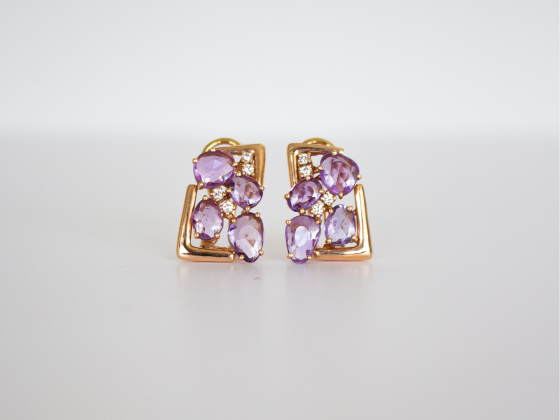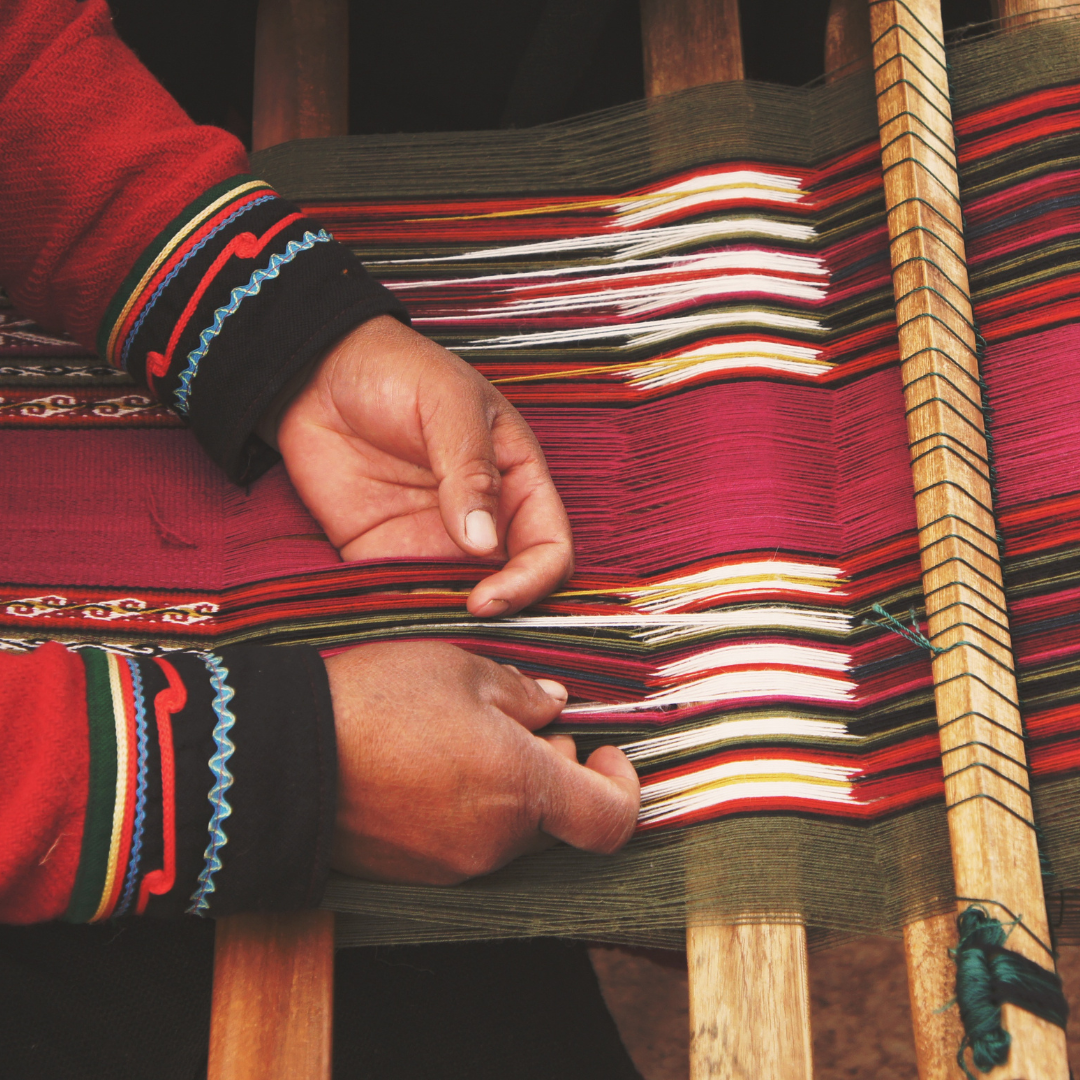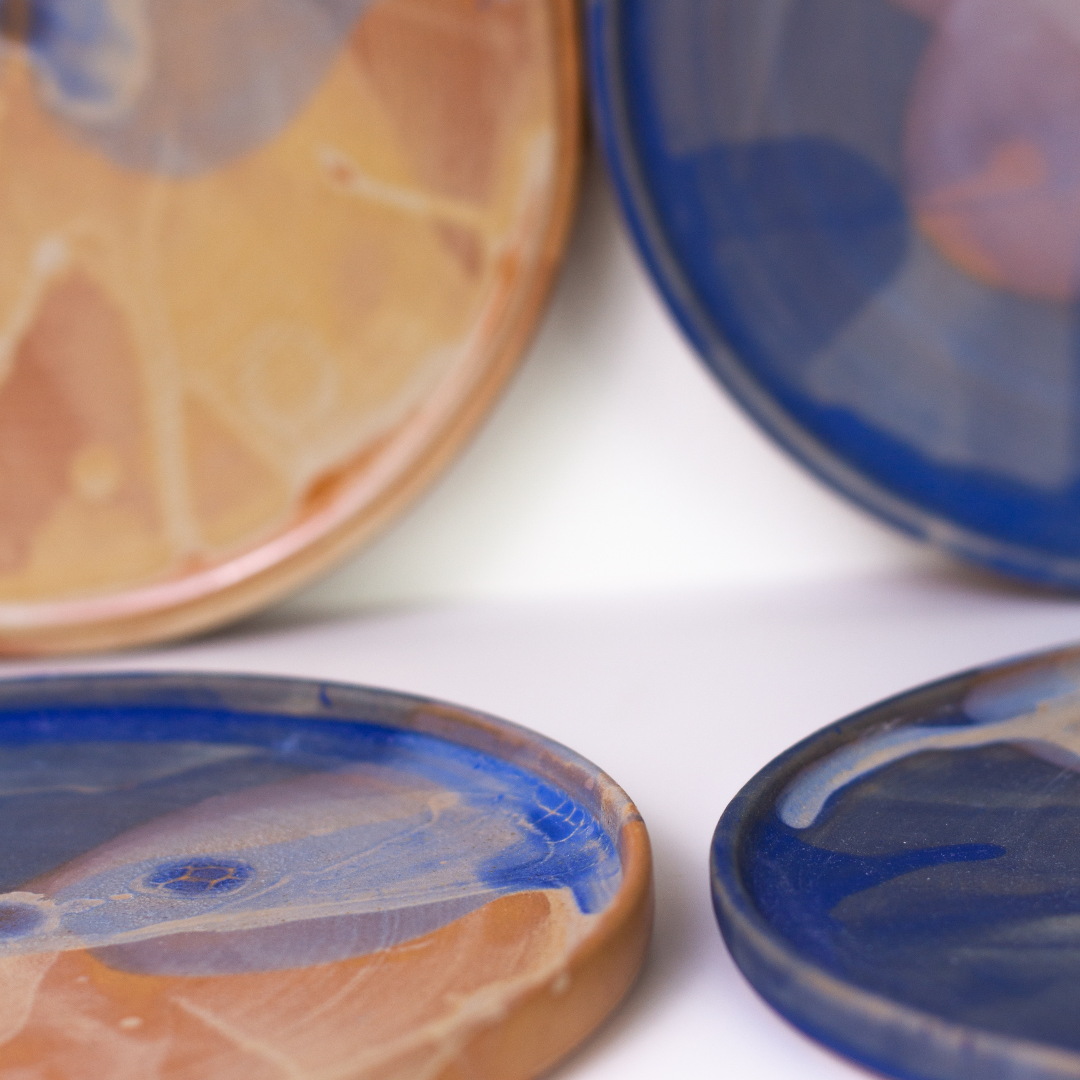By Ng Su Fey on March 4th, 2021
You probably know that promoting artisanship is one of Dia’s core goals. We wanted to take a step back and share this quick guide to exactly what artisanship involves and why it’s so important.
What is artisanship?
Simply put, it means the skill in a particular craft. This might include stitching, painting, drawing, and sculpting. For example: “Drawing beautiful batik patterns requires a degree of artisanship.”
Who is an artisan?
A worker in a skilled trade, especially one that involves making things by hand. This might include a weaver, a silversmith, or a potter. For example: “Artisans displayed their creations at the ceramics exhibition.”
What is an artisanal product?
UNESCO defines an artisanal product as one where “the direct manual contribution of the artisan remains the most substantial component of the finished product.” Other than that, anything goes. Chocolate truffles, wooden armchairs, patterned shawls — any of these could be considered an artisanal product so long as they were made primarily by hand.
Authentic artisanal products are usually priced higher than their mass-produced counterparts due to the level of skill required to make them. The value reflects the quality of the work and helps support artisans.
The vast majority of Dia’s products can be considered artisanal, while all our brands are focused on ethical production processes, including fairly compensating artisans and producing in small batches.
What's the environmental benefit supporting artisanship?
Due to the limited or slow nature of artisanal production, there tends to be less wastage of materials and lower energy consumption in comparison to mass production. When traditional artisans work with ethically sourced natural materials, it also means that products are more likely to be plastic and chemical-free. Moreover, the high quality of these products also means that their cost-per-use is lower and they’re designed to last longer.
What's the socio-economic benefit of supporting artisanship?
Perhaps the best part of choosing artisanal products is that your purchase is more than just a transaction between two parties. Buying from independent artisans, or brands that employ artisans, helps support their livelihoods. Your purchasing choice could also be a reason why artisans can continue practicing their craft and eventually, pass it on to future generations.
Some brands who source heritage crafts, such as Manava and Anthill Fabrics, are also committed to enriching their artisans’ wider communities. These development initiatives not only empower artisans, but also set a standard for other businesses.
Context, credit, culture
“Artisanal” has unfortunately become such a buzzword that brands have used the term to misleadingly brand their products. This is similar to greenwashing, whereby fashion brands attempt to market themselves as more eco-friendly while actually making little to no meaningful change. Craftsmanship is deeply tied to the legacy and longevity of cultural heritage, so it’s vital that brands practice appreciation rather than appropriation.
We hope that the future of shopping is one in which the painstaking work and admirable craftsmanship of skilled artisans, particularly in the developing world, including Southeast Asia, is given the due recognition it deserves.
ABOUT THE AUTHOR
Su Fey is Dia’s intern from Malaysia. She is currently on a gap year and has volunteered with local welfare and environmental organizations. Her interests include sustainable development, literature, and film photography. Su Fey is planning to pursue a degree in engineering and will begin her undergraduate studies this fall.











